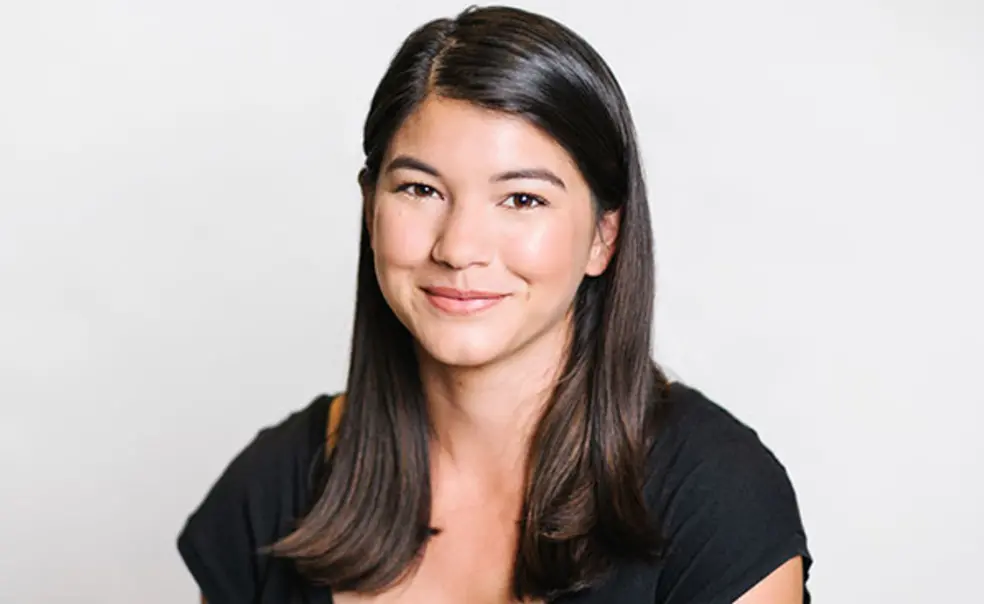Paige Tsai ’13 Works to Expand Access to Affordable Transportation
An analysis of data from more than 3,000 transit providers across the U.S. in 2011 found that the typical metropolitan resident can only reach about 30 percent of jobs in their area via public transit in 90 minutes or less. Paige Tsai ’13 is working to change that.
A transportation and research senior associate at Uber, Tsai arranges partnerships between Uber and organizations across the world. Since Tsai joined the company in early 2016, Uber has collaborated with more than two dozen public-transit agencies, municipalities, and residential communities from Iowa to Australia to help make transportation more affordable and accessible and safer for people of all socioeconomic backgrounds and abilities.
Last year, Tsai helped forge a collaboration with the Pinellas Suncoast Transit Agency in Pinellas County, Fla., to create a program that allows economically disadvantaged riders who work jobs that begin or end between 10 p.m. and 6 a.m. (after local buses have stopped running) 25 free Uber trips to and from work each month. Additionally, Uber teamed up with two townships in southern New Jersey to begin an initiative that allows residents free Uber rides as an alternative way home from local bars after police noted that many DWI arrests occurred when drivers attempted to go a few miles between a bar and their home. After seeing a 15 percent overall decrease in all drunk driving arrests and a 16 percent decrease in alcohol-related car accidents, the townships announced last month that they will continue the program for two more years.
Another partnership, with the town of Summit, N.J., allowed residents who had paid for parking passes at the local train station free Uber rides as an alternative to parking in the garage. “It was actually cheaper for the town to subsidize Uber rides to and from the station than it was to build a new parking lot,” Tsai said.
Tsai oversees all of the company’s accessibility initiatives and plays a leading role in ensuring that all users are able to use Uber’s technology. Last year, she helped the company’s local teams initiate a collaboration with the Massachusetts Bay Transportation Authority to provide paratransit riders — people with disabilities that prevent them from using traditional public transit — an alternative to the municipal program in place, which required riders to be at home during a four-hour window and reserve a driver the day before. Paratransit riders are now able to call an Uber at their convenience. The initiative cut costs for riders and saved the agency 70 percent on each trip.
In fact, MBTA paratransit riders were so excited about the on-demand travel that they started requesting many Ubers each month; the agency ultimately had to limit the number of trips each person could take because it was blowing through its budget.
“It was exciting to see how eager people were to move about their communities once they had a more convenient way to do so,” Tsai said.
In the coming months, Tsai will be working to make the process of collaborating with Uber easier for public-transit agencies and to continue to improve the app for all users by making sure that the company incorporates components of accessible and inclusive design in every feature or product that is introduced.
“Most of our cities are already very crowded, dense places with traffic and congestion,” she said. “And we have to find a solution that will help make these cities more livable. If we can get more people in fewer cars, we can reduce congestion, reduce pollution, hopefully reduce traffic, and reduce the demand for parking. And I think Uber in combination with transit and other shared modes [of transportation] have an opportunity to really transform our cities into much cleaner, safer, more beautiful places.”












No responses yet